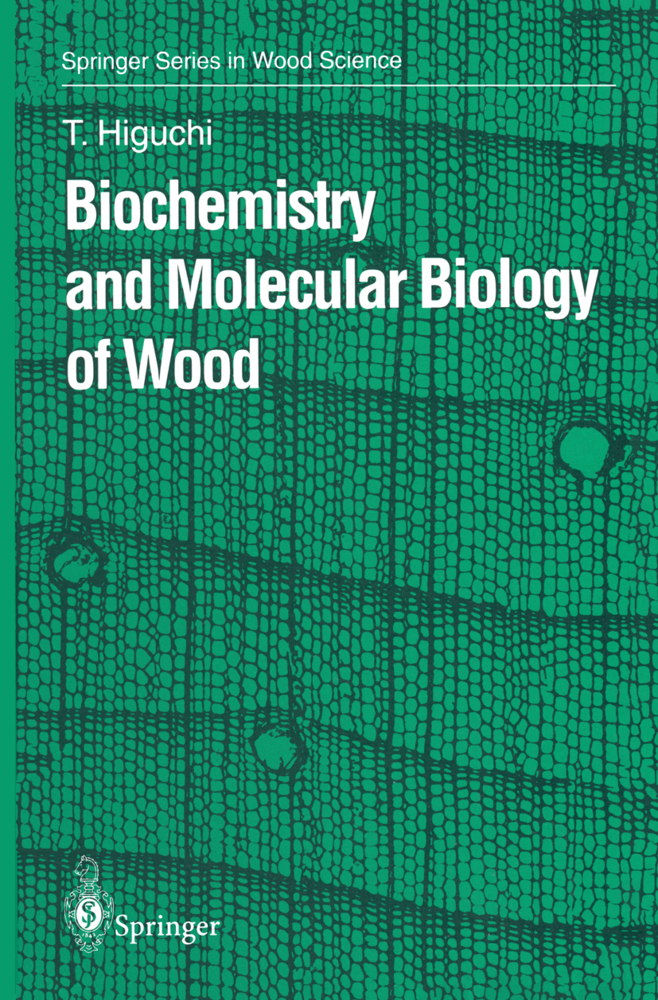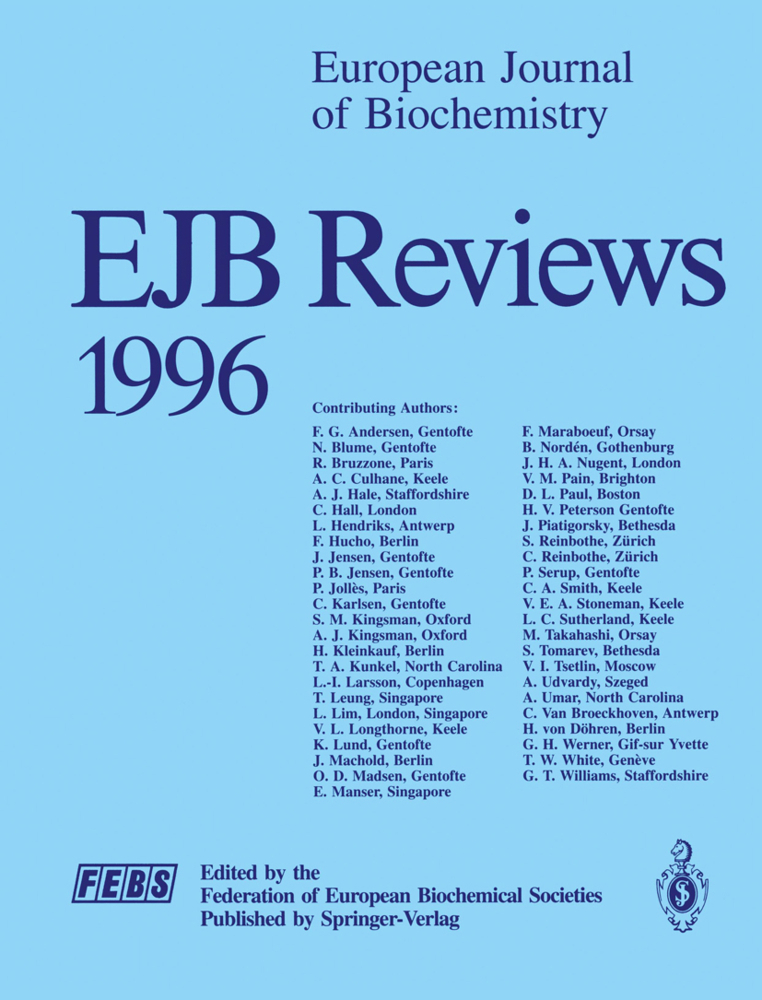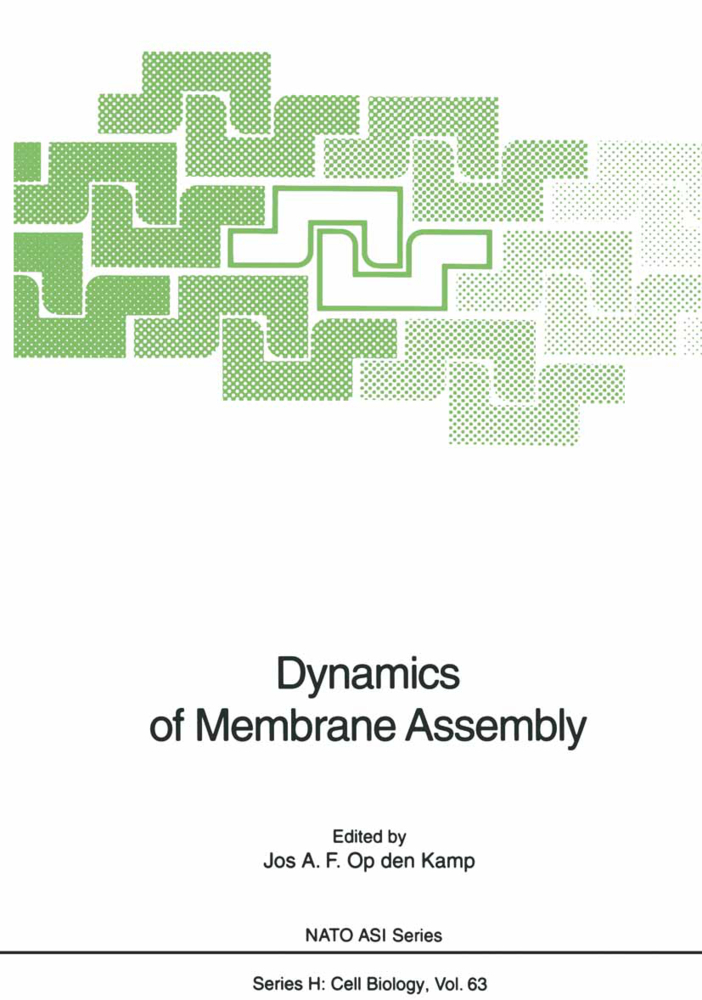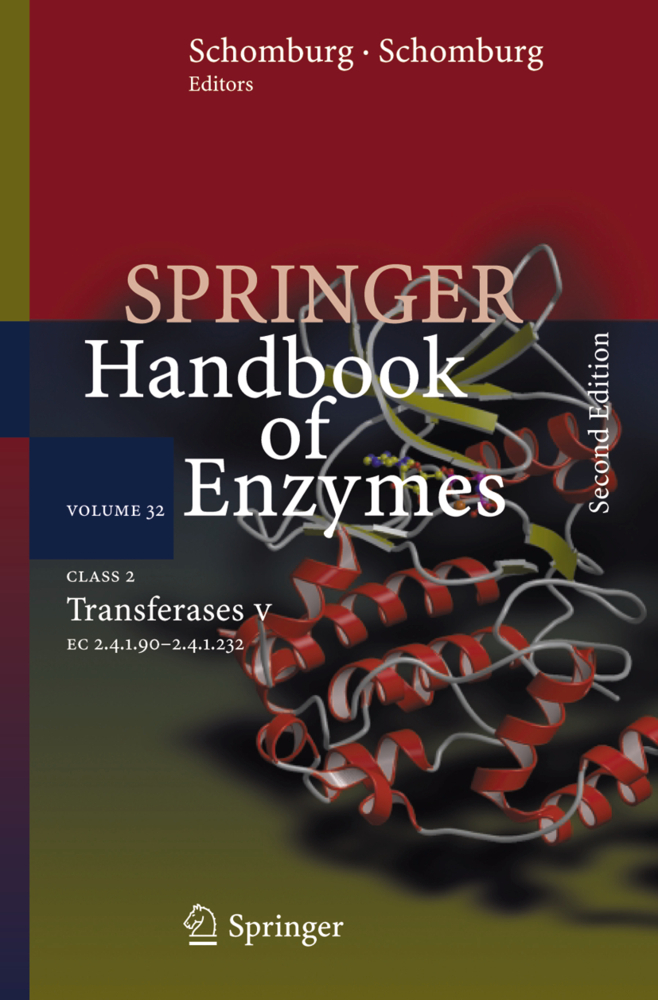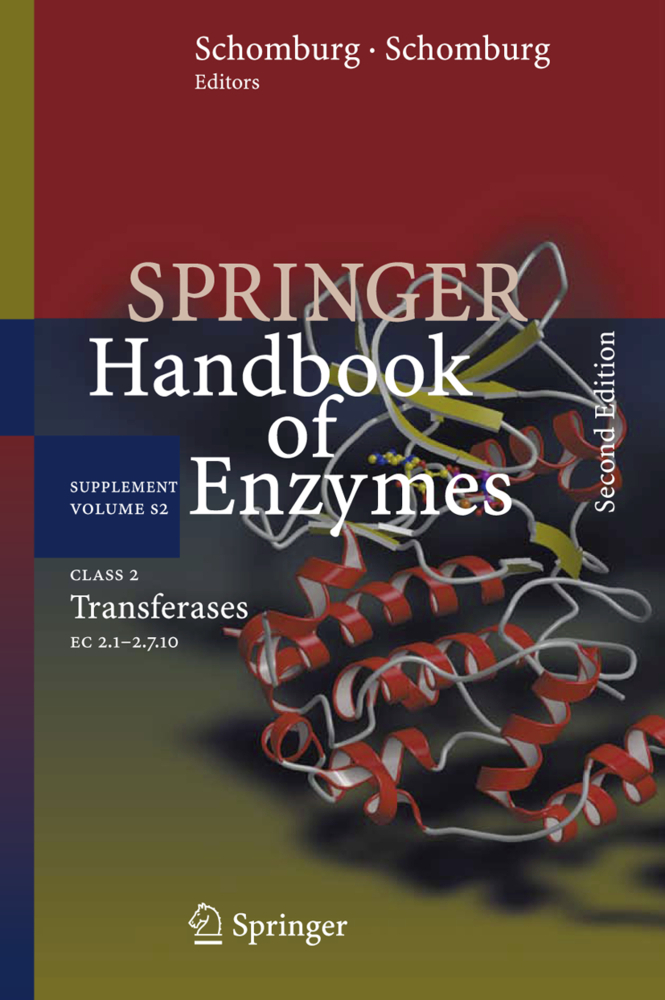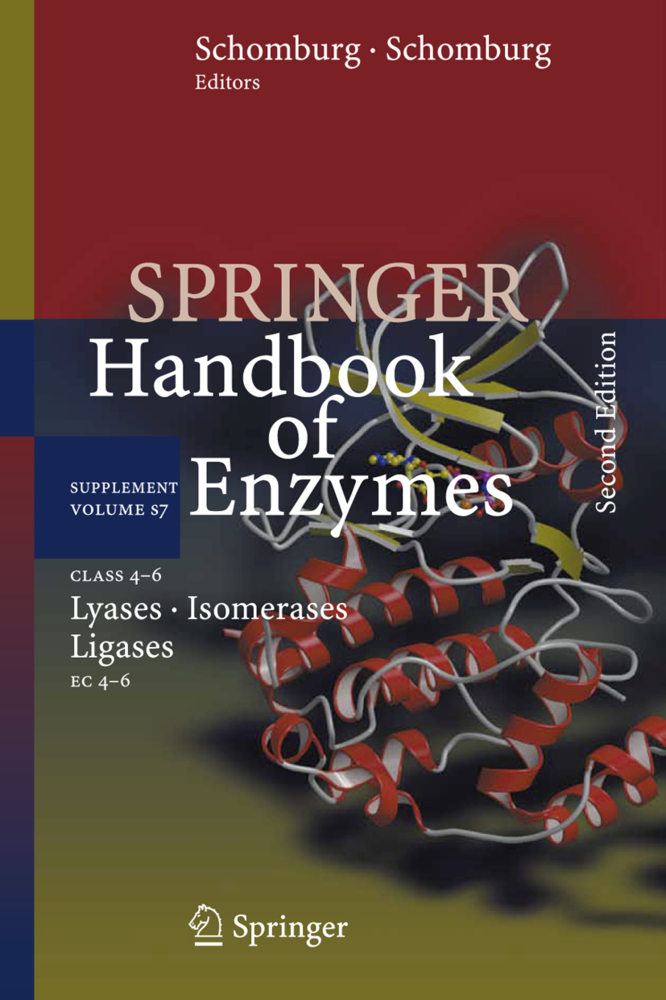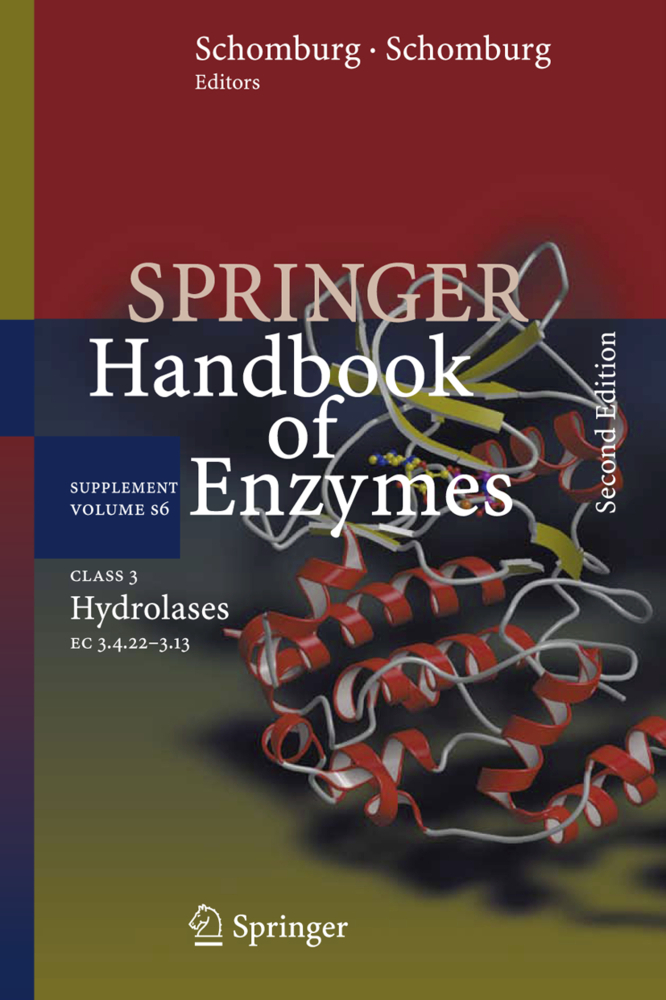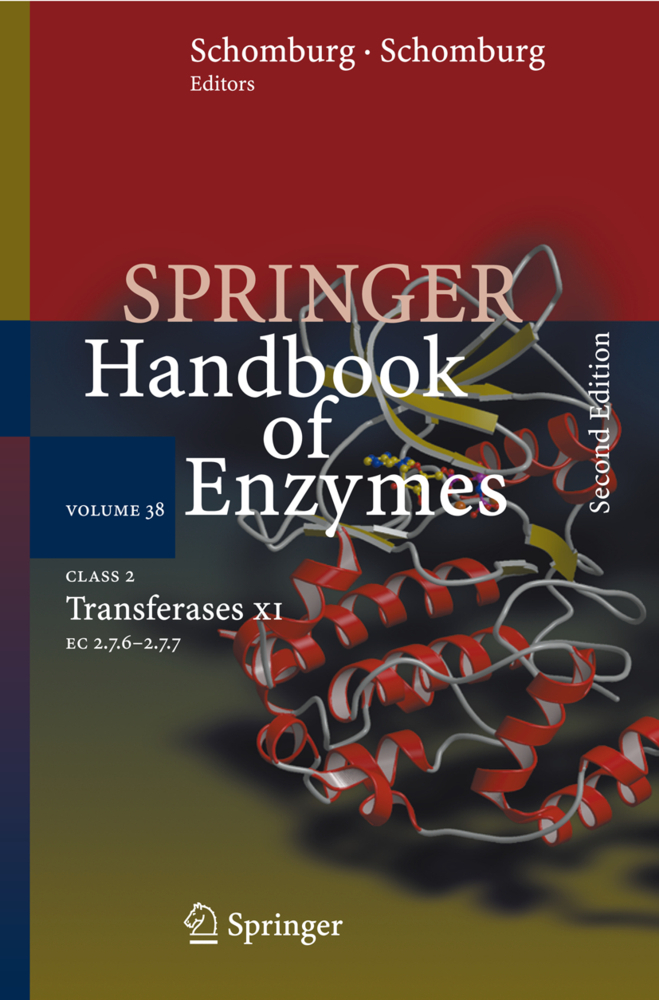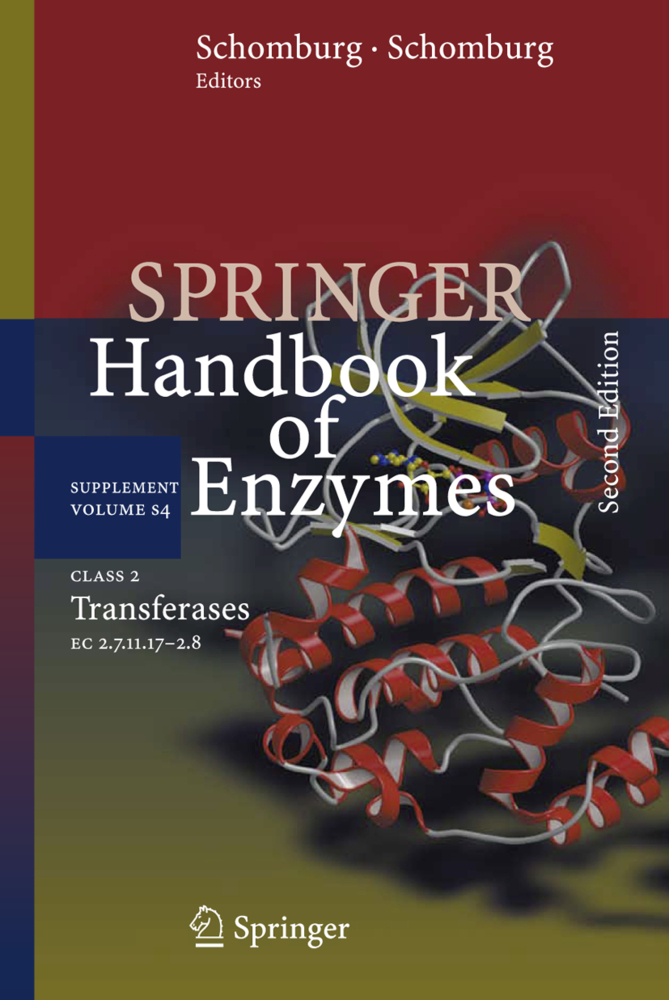Biochemistry and Molecular Biology of Wood
Biochemistry and Molecular Biology of Wood
Progress in wood chemistry has been related mainly to chemical wood pulping and bleaching and chemical utilization of wood and wood extractives. Meth ods of wood analysis were developed by Schorger (proximate analysis in 1917) and Dore (summative analysis in 1919), and standard methods based on Schorger's method, e.g., TAPPI standards (Technical Association of the Pulp and Paper Industry), have been widely used for chemical analysis of woods in many countries. Thus it is generally known that wood is composed of about 50% cellulose, 20-35% of lignin, 15-25% of hemicelluloses, and variable amounts of extractives. Chemical characterization and efficient utilization of these wood components have been studied in laboratories of wood chemistry and technology in universities and government institutions. In the last decade, biochemistry and molecular biology of microorganisms, animals, and plants have greatly progressed. At the same time wood has been recognized as a unique renewable ecomaterial produced by trees using solar energy. In addition, many desirable properties of wood and wood components as biomaterial that affects physiology and psychology in humans have recently attracted attention.
1.2 Ultrastructure of Wood Cell Walls
1.3 Ultrastructure and Functions of Wood Cells
2 Primary Metabolism in Woody Plants
2.1 Primary and Secondary Metabolism
2.2 Photosynthesis
2.3 Photorespiration
2.4 Glycolysis
2.5 Tricarboxylic Acid Cycle
2.6 Pentose Phosphate Cycle
2.7 Glyoxylate Cycle
2.8 Nitrogen Metabolism
3 Genome Organization, Protein Synthesis, and Gene Expression
3.1 Genome Organization
3.2 Protein Synthesis
3.3 Gene Expression
3.4 Gene Expression in Plants
4 Biosynthesis of Wood Components
4.1 Chemical Composition of Wood
4.2 Biosynthesis of Cell Wall Polysaccharides
4.3 Phenylpropane Derivatives
4.4 Lipids
4.5 Isoprenoids
5 Formation and Development of Wood Tissues
5.1 Development of Phloem and Xylem
6 Formation of Earlywood, Latewood, and Heartwood
6.1 Regulation of Formation of Earlywood and Latewood
6.2 Regulation of Heartwood Formation
References.
1 Structure and Functions of Wood
1.1 Microscopic Structure1.2 Ultrastructure of Wood Cell Walls
1.3 Ultrastructure and Functions of Wood Cells
2 Primary Metabolism in Woody Plants
2.1 Primary and Secondary Metabolism
2.2 Photosynthesis
2.3 Photorespiration
2.4 Glycolysis
2.5 Tricarboxylic Acid Cycle
2.6 Pentose Phosphate Cycle
2.7 Glyoxylate Cycle
2.8 Nitrogen Metabolism
3 Genome Organization, Protein Synthesis, and Gene Expression
3.1 Genome Organization
3.2 Protein Synthesis
3.3 Gene Expression
3.4 Gene Expression in Plants
4 Biosynthesis of Wood Components
4.1 Chemical Composition of Wood
4.2 Biosynthesis of Cell Wall Polysaccharides
4.3 Phenylpropane Derivatives
4.4 Lipids
4.5 Isoprenoids
5 Formation and Development of Wood Tissues
5.1 Development of Phloem and Xylem
6 Formation of Earlywood, Latewood, and Heartwood
6.1 Regulation of Formation of Earlywood and Latewood
6.2 Regulation of Heartwood Formation
References.
Higuchi, Takayoshi
| ISBN | 9783642644191 |
|---|---|
| Artikelnummer | 9783642644191 |
| Medientyp | Buch |
| Auflage | Softcover reprint of the original 1st ed. 1997 |
| Copyrightjahr | 2012 |
| Verlag | Springer, Berlin |
| Umfang | 362 Seiten |
| Abbildungen | XII, 362 p. |
| Sprache | Englisch |

